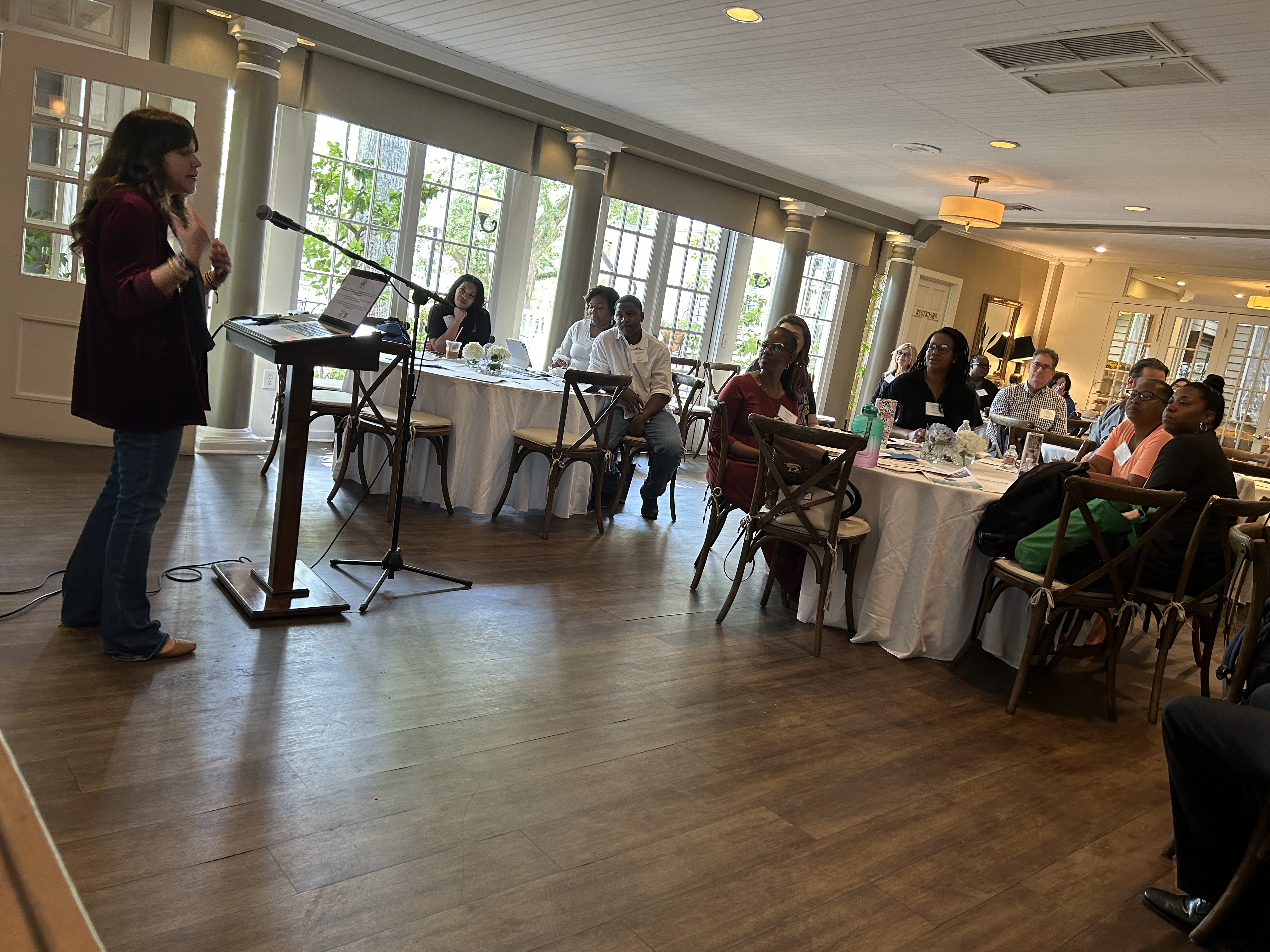Lessons from Closed Microschools
Research by the National Microschooling Center surveyed founders of microschools that closed about the reasons for their closing. Learning from these...
2 min read
 Ashley Soifer
:
Jul 30, 2024 9:05:07 PM
Ashley Soifer
:
Jul 30, 2024 9:05:07 PM

At the Center, we have a different take on sustainability in the microschooling movement and in one word, it’s dynamism. Earlier we discussed sustainability, how the microschooling sector is different and how to avoid unrealistic pressures placed on founders.
Why Microschools Close
We see microschools closing two different ways: they choose to close or they are forced to close. Choosing to close is absolutely okay and the founder can do so responsibly. When a microschool is forced to close (or effectively forced), oftentimes the Center, and other organizations, can get involved to help prevent this closure from happening. When a microschool chooses to close, the Center is there every step of the way for a successful closing.
Forced Closures
“I’ll never forget when they told me I had to close my doors.”
A microschool can be forced to close for a variety of reasons, most often this forced closure comes from an overzealous regulator that makes life difficult for the microschool founder. Whether it is a child care regulator who doesn’t understand the frameworks that a microschool is operating in or a health inspector that doesn’t like the Montessori microschool that allows children to slice bananas and serve each other tea, the Center is here to help.
In the case of regulatory pressure, our Senior Fellow for Legal Affairs, Daniel Suhr, often gets involved and works closely, pro-bono, with these microschool founders to help them overcome the regulatory hurdles. Our team spends time working with the founder to fully understand the frameworks. We also work to educate regulators on how microschooling actually works in their jurisdiction. We have seen other cases where the microschool founder briefly closed, addressed any issues, and reopened in the following days or week compliant with their state’s regulatory or statutory frameworks.
To date, it has been most common for the Center to see cases of forced closures in the case of regulatory overreach vs. systemic harassment. To be clear, there are instances of regulatory harassment, and it’s likely that more are coming.
Choosing to Close
When a microschool chooses to close it can be for a variety of reasons. We have seen everything from a parent whose child is no longer school age to a founder who is ready to move on and tackle another project to a microschool that feels they have served their purpose and there are now other good options for children in their community.
Other times we see microschools choosing to close for reasons such as loss of facilities, treacherous finances, low enrollment, etc. Often these circumstances, when present, are largely caused (directly or indirectly) by regulatory pressures. Be on the lookout for the Part 3 in this series, How to Keep Your Doors Open if You Want To. The Center works closely with founders and leaders who want to stay open. We mentioned in Part 1 of this series, microschools are flexible. They can adapt mid-year to meet challenges and overcome struggles. Microschools don’t have to wait for an overly large system to give them permission to make a midyear switch that will benefit students, families and staff.
Regardless of how a microschool closes, when they do close, they close differently than other schools. It is not done in shame or secrecy. Microschool founders are transparent with their families and community, they work with their families and other founders near them to find a good fit for each family for the next school year and they often stay engaged with the movement as a whole.
Coming Soon: Part 3, How to Keep Your Doors Open if You Want To and Part 4, Closing Responsibly.

Ashley and Don Soifer presenting Dynamism is the New Sustainability for Microschools at the National Hybrid Schools Conference
.png)
Research by the National Microschooling Center surveyed founders of microschools that closed about the reasons for their closing. Learning from these...

We get asked weekly, it seems, to create a directory or to share our lists of microschools located all over the country. Our answer is an unequivocal...